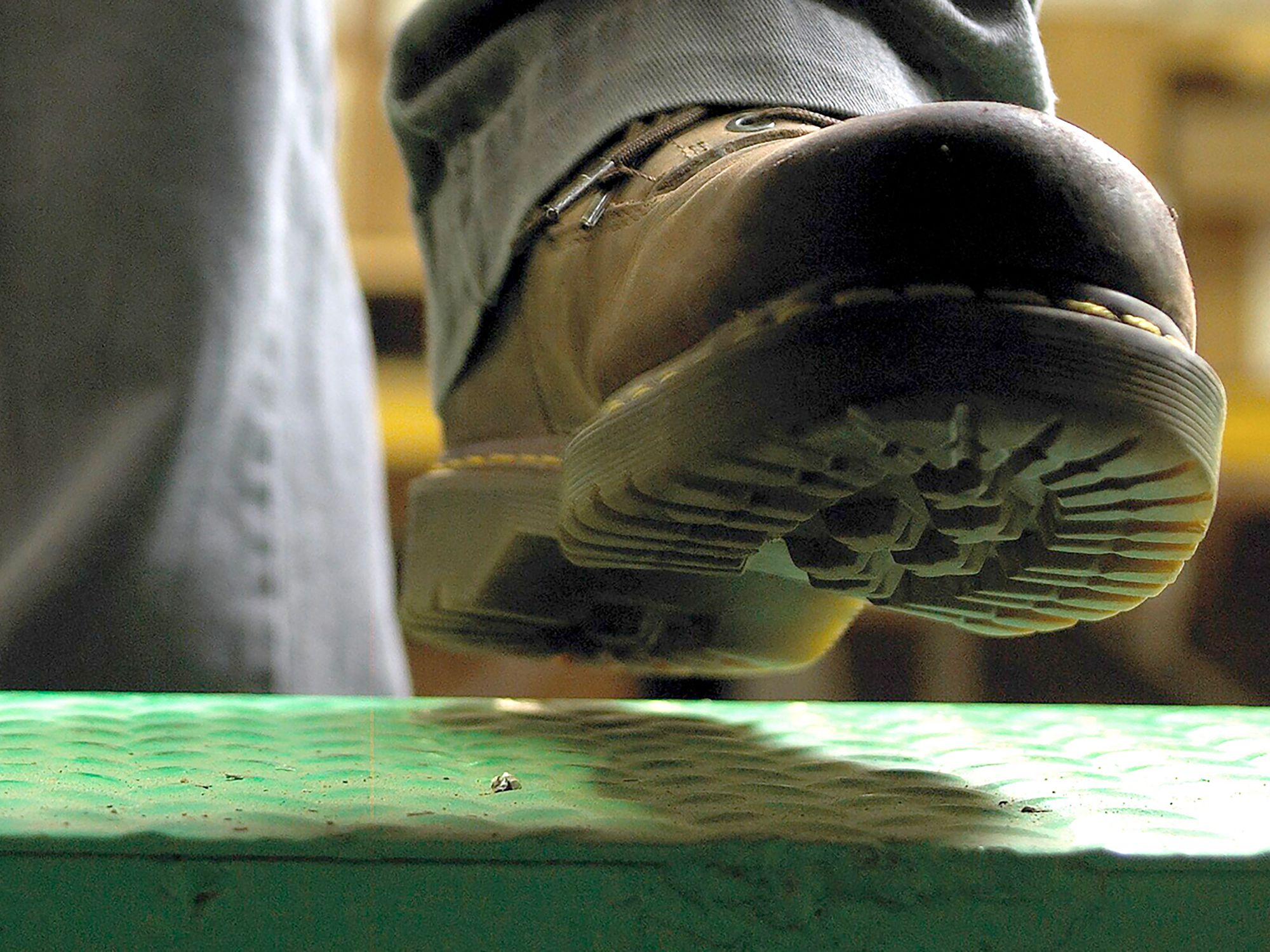What are the types of foot protection?

Types of foot protection include various styles of safety shoes, boots, and guard:
|
|
What requirements must foot protection meet?
In the foot protection standard, the Occupational Health and Safety Administration (OSHA) requires that safety shoes and boots must meet the protective criteria defined in any of the following consensus standards:
- American Society for Testing and Materials (ASTM) F–2412–2005, Standard Test Methods for Foot Protection and ASTM F–2413–2005, Standard Specification for Performance Requirements for Protective Footwear, or
- American National Standards Institute (ANSI) Z41–1999 — American National Standard for Personal Protection — Protective Footwear, or
- ANSI Z41–1991 — American National Standard for Personal Protection — Protective Footwear.
Safety shoes or boots with impact protection are required for carrying or handling materials such as packages, objects, parts, or heavy tools which could be dropped, and for other activities where objects might fall onto the feet. Safety shoes or boots with compression protection would be required for work activities involving skid trucks (manual material handling carts), around bulk rolls (such as paper rolls), and heavy pipes, all of which could potentially roll over employees’ feet. Safety shoes or boots with puncture protection would be required where sharp objects could be stepped on, causing a foot injury.
